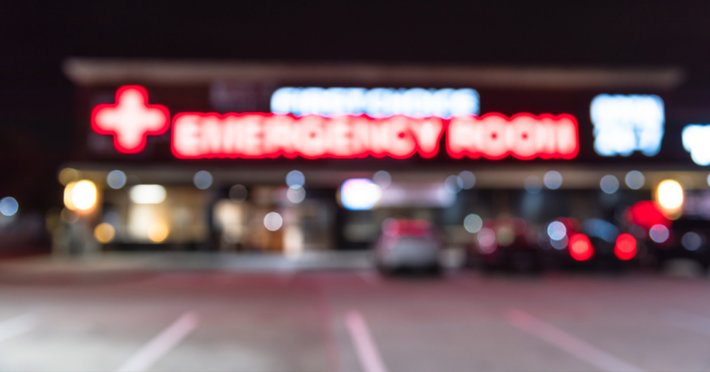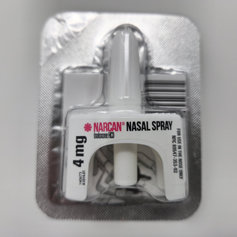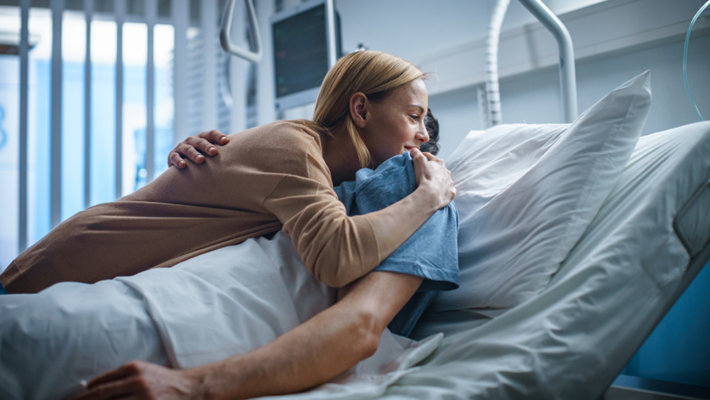Naloxone Helps Save Addicts from Overdoses, but Treatment Must Follow

Naloxone is a life-saving medication, with new research showing there is no risk for increased drug use when naloxone is made available to the public. However, naloxone is NOT a replacement for addiction treatment at residential rehabilitation facilities. People who are overdosing on drugs and whose lives are saved by the quick administration of the naloxone medication should be guided into residential addiction treatment as soon as they are medically stable.
What Is Naloxone, Exactly?

A Wider Supply of Naloxone Will NOT Encourage Opioid Use
New research into drug use patterns among young Americans finds that wider access to naloxone does NOT increase opioid use. Researchers at Columbia Mailman School in New York City arrived at this conclusion after analyzing health data for 900,000 teens between 2007 and 2019. The researchers found that heroin use receded in counties where pharmacies’ distribution of naloxone either increased or remained the same.
To arrive at these findings, the researchers examined state-level naloxone adoption and assessed reported heroin use among young people in those states. In states that adopted naloxone distribution programs, teen heroin abuse fell from 2.75% of teens saying they used heroin to about 2.72%. The researchers indicated that because there was no increase in heroin consumption as states adopted naloxone distribution, there could be no basis for the argument that “Access to naloxone will make heroin use go up.”
The study’s authors concluded their report by encouraging policymakers and public health officials to make naloxone widely available to the public. Quoting study co-author Dr. Silvia Martins, a Columbia Mailman School professor of epidemiology, “Efforts to improve naloxone access should continue to be an urgent public health priority, including among adolescents who represent an increasingly vulnerable population at risk for fatal and nonfatal overdose. As a critical public health measure, we urge further removal of naloxone access barriers. Given that the overdose epidemic continues to affect our nation as a whole, this is an important priority not only for adolescents but people of all ages.”
According to NIDA…
The National Institute on Drug Abuse (NIDA) cited naloxone as a critical, life-saving medication that should be widely available. NIDA data indicates at least 47,600 Americans die from opioids each year. But in places where naloxone is made available, results like the following occur:
- A Massachusetts naloxone program reduced opioid overdose deaths by 11% in 19 communities without increasing opioid use.
- States that improve naloxone access experience an average of a 14% drop in opioid overdose deaths.
- Data gathering and statistical modeling suggest high rates of naloxone distribution among laypersons and emergency personnel could avert 21% of opioid overdose deaths.
NIDA recommends that naloxone be made as available as possible and is working to make this happen. Quoting a statement by NIDA officials, “In 2015, the FDA approved the first naloxone nasal spray—NARCAN®−developed as a result of NIDA-funded research. In 2019, the FDA approved the first generic naloxone nasal spray. In 2021, the FDA approved a higher dose naloxone nasal spray—KLOXXADO®. Increasing access to naloxone is a priority for the U.S. Department of Health and Human Services, and research funded by NIDA is developing strategies to identify people at risk and ensure they have access to naloxone in the event of an overdose.” Finally, NIDA highlights no evidence of any significant adverse reactions to naloxone, making the medication safe to administer in cases of opioid overdose.
According to the CDC….
According to a report published by the Centers for Disease Control and Prevention (CDC), naloxone administration has saved nearly 27,000 lives. Given that the CDC report is from 2014, it’s certain the figure is much higher by now.

That same report highlighted how 26 states passing Good Samaritan laws to protect passersby, friends of addicts, family members, or other drug users who intervene to save an overdosing addict (or who call for help) have dovetailed with programs that make naloxone available to concerned citizens. Good Samaritan laws plus 150,000 naloxone kits delivered between 1996 and 2014 is what led to 27,000 lives being saved, according to the CDC.
The CDC also highlighted that naloxone costs about $25 per dose, making it a highly cost-effective way to save addicts from what could easily be fatal overdoses.
Naloxone May Soon Be Approved for Over-the-Counter Sale
In February of 2023, a Food and Drug Administration panel voted unanimously in saying naloxone should be made available over the counter to aid the national response to the opioid crisis. This move by the FDA puts naloxone one step closer to being made available to all Americans, not just those with a prescription for it.
At this time, naloxone is not yet available over the counter. But the recent FDA decision solidifies the organization’s intent to make the life-saving medication available for anyone who wants it.
Saved from an Opioid Overdose Thanks to Naloxone? Residential Treatment Must be the Next Step

Naloxone can save lives and pull addicts back from the brink. However, it is not a cure-all. Addicts saved from an overdose today might overdose again tomorrow if they do not receive treatment. That is why addiction treatment must be the next step for those revived from an overdose.
If you know someone who has overdosed on opioids and nearly died, make sure they get help at a residential addiction treatment center as soon as possible. Naloxone – and someone to administer it – might not be there for that person a second time.
Sources:
- ScienceDirect. “Naloxone expansion is not associated with increases in adolescent heroin use and injection drug use: Evidence from 44 U.S. states.” Science Direct, 2023. sciencedirect.com
- USNews. “Wider Supply of Opioid Antidote Naloxone Won’t Encourage Heroin Use: Study.” U.S. News, 2023. usnews.com
- NIDA. “Naloxone for Opioid Overdose: Life-Saving Science.” National Institute on Drug Abuse, 2023. nida.nih.gov
- CDC. “Opioid Overdose Prevention Programs Providing Naloxone to Laypersons—United States, 2014.” Centers for Disease Control and Prevention, 2015. cdc.gov
- USNews. “Panel Backs Moving Opioid Antidote Narcan Over the Counter.” U.S. News, 2023. usnews.com


 ®
®